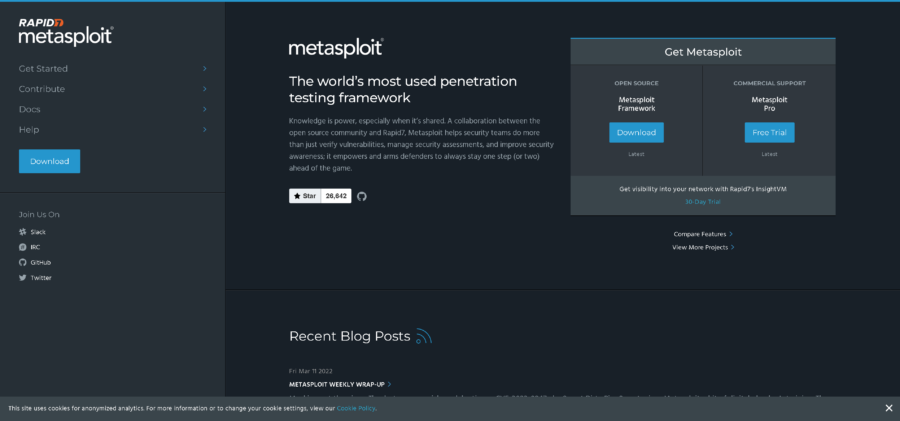Data storage is often a real headache for businesses. Additionally, the shift to the cloud in response to storage challenges has caused security teams to struggle to reorient, leaving 49 percent of organizations doubting their experts’ ability to adapt.
Even so, decision makers should not put off moving from old legacy systems to a more flexible and accessible solution — whether public or private. By putting the right system in place, businesses can free up IT staff for more strategic projects, ensure content is available and retrievable whenever and wherever it’s needed, and analyze data effectively for actionable insights.
There are several obstacles that must be overcome when keeping data accessible:
1. Storage silos have been a problem since the first digital storage devices hit the market. Directory and folder hierarchical structures were fairly useful when dealing with a limited number of files, all accessed by users or a handful of applications that knew where to find the files.
But in today’s connected world, where Remote Collaboration and access by many devices and applications is the norm, these hierarchical structures are hindering new workflows and locking files in place (hence the term “silo”).
2. Search issues present a number of operational and financial challenges to businesses. Searching for data from multiple systems spread across several geographic locations is a laborious task, and the need to use both past and present data makes it even trickier.
The data that is searched is often indexed in a database located in a specific application. This valuable “data about the data,” also known as metadata, needs to be stored in a way that enables portability. The Internet of Things has opened businesses to a world of new data possibilities, but going back to a specific application to search for your file or continuously migrating entire data sets to different analysis applications wastes valuable time and introduces the possibility of errors.
3. Scalability dilemmas in storage capacity, both in file count and the amount of data, as well as expansion to different geographies, prevents businesses from keeping pace with the needs of modern data accessibility requirements.
Most organizations keep data forever because they don’t know what will have value. There are also many use cases in which Government regulations require longer retention times and tighter security, creating a compounding effect on storage needs. This growth, combined with the need to keep the data accessible, poses a serious problem for traditional network attached storage solutions, file systems, and their complex hierarchical structures.
While certainly challenging, these problems are far from insurmountable. Here are 3 easy-to-implement solutions to help keep storage simple and efficient:
The dawn of the cloud was a major breakthrough for data storage, and the first step toward a simplified storage process is to embrace that technology. Sharing resources in a virtual environment is at the heart of the transformation we’re seeing to a more service-based approach in IT.
You can now stand up a storage service within your own data center (a private solution) or use any one of the services on the market (a public solution). If you need to keep your data secure or plan to keep the data for more than three years, private is most likely your best option. However, if you have limited data center space or only need to store data for a few months or years, public is probably the way to go.
Data is growing at an astonishing rate, and experts predict the digital universe will reach 44 trillion gigabytes by 2020. But what use is that data if it can’t be found or identified? Metadata is an essential tool for simplifying data storage because it allows managers to quickly and automatically identify characteristics about data in a way that can continuously evolve, providing new views of ever-changing data sets.
The key is making metadata portable and accessible by any application or device in a way that’s easy to protect. For this reason, metadata searching and management must be native features of your storage systems — not just afterthoughts.
Object storage is a core feature of many major cloud storage services on the market and is the most efficient and cost-effective way to reliably store and provide access to petabytes of data and trillions of files. Object storage is highly automated, resilient, and easily available, resulting in a vastly improved capacity-to-management resource ratio. It’s common to find one system administrator managing more than 10 PBs of storage (compared to 1PB for a NAS solution).
Object storage uses a method of storing and retrieving data that uses a key or name, supplementing that with metadata. Think of it like a valet service for your data: When you store something, you get a key or associate a tag (metadata) with it. All you need to do is present the key or search for the specific tag or combination of tags, and the storage system will retrieve the data that matches your request.
This approach not only makes data easier to find, but it also enables continuous, self-healing protection and virtually unlimited scalability. Certain vendors are also making significant advancements in integrating search and providing interfaces that plug right into existing workflows in a way that’s transparent to current users and applications.
The most effective and simple storage solutions incorporate data consolidation and the use of metadata with object storage. This provides greater data access, better protection from data corruption, and the streamlined performance necessary to keep any amount of data online, accessible, and providing value for growing businesses and organizations.
Whether you want to attribute the quote “With great power comes great responsibility” to Voltaire or Spider-Man, in the world of business, we need to preface that by saying “With great knowledge comes great power.” Once you simplify your storage, it gives you the knowledge to not only help run your business, but to also gain actionable insight and the power to make discoveries that can help you solve problems and propel your business forward.
By Jonathan Ring





